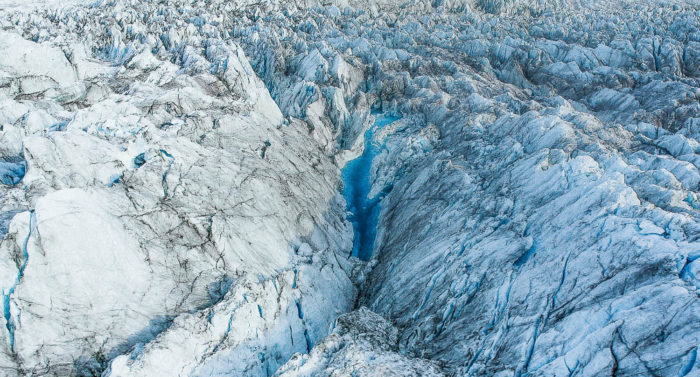Glaciers are important to life on earth. It is as simple as that. They are critical freshwater resources and they also impact sea level, surrounding air temperature and ground temperature, and can change the quality of water chemistry as they melt. In other words, glaciers play no small role in our existence. But the majority of them is melting at an escalated rate because of conditions created by human activity.
“Although glaciers have always fluctuated in size and shape ever since glaciers existed on earth, the causes have been similar – notably: relative position of Earth relative to the Sun, changes in solar output, volcanoes, greenhouse gas concentrations and aerosol loadings, such as black carbon and dusts,” says Dr Paul Andrew Mayewski, Director of the Climate Institute of Maine, glaciologist, climate change specialist and polar explorer in a recent interview in JONAA where he explains in simple terms why the world’s glaciers are melting.
“What is different today is that greenhouse gases are rising higher and faster than anything any time over at least the last 800,000 years and likely much longer. This greenhouse gas change is solely due to human activity: CO2 rise due to the burning of fossil fuels, ozone depletion due to ozone killing substances emitted by humans, and methane due to agricultural activities and now permafrost melting.”
Mayewski says that with a handful of exceptions such as glaciers in small parts of the southern Andes and in a small area of New Zealand, the majority of the world’s glaciers are melting. Not only in the polar regions.
“The glaciers in the Third Pole region, that is the Tibetian Plateau, including the Himalayas, a region containing some 15.000 glaciers, and there we are also seeing serious glacier melting.”
”Whereas the Greenland and Antarctic ice sheet melt impacts sea level rise, temperature and salinity in adjacent waters and ecosystems – the Third Pole glacier melt impacts ~20-25% of Earth’s population and vast ecosystem complexes since this region is the “water tower” for southern Asia providing water for human and ecosystem consumption, agriculture, power and so forth,” says Mayewski.
Why Our Glaciers Are Melting – Read the full interview here
Photograph: JONAA©Kristjan Fridriksson

